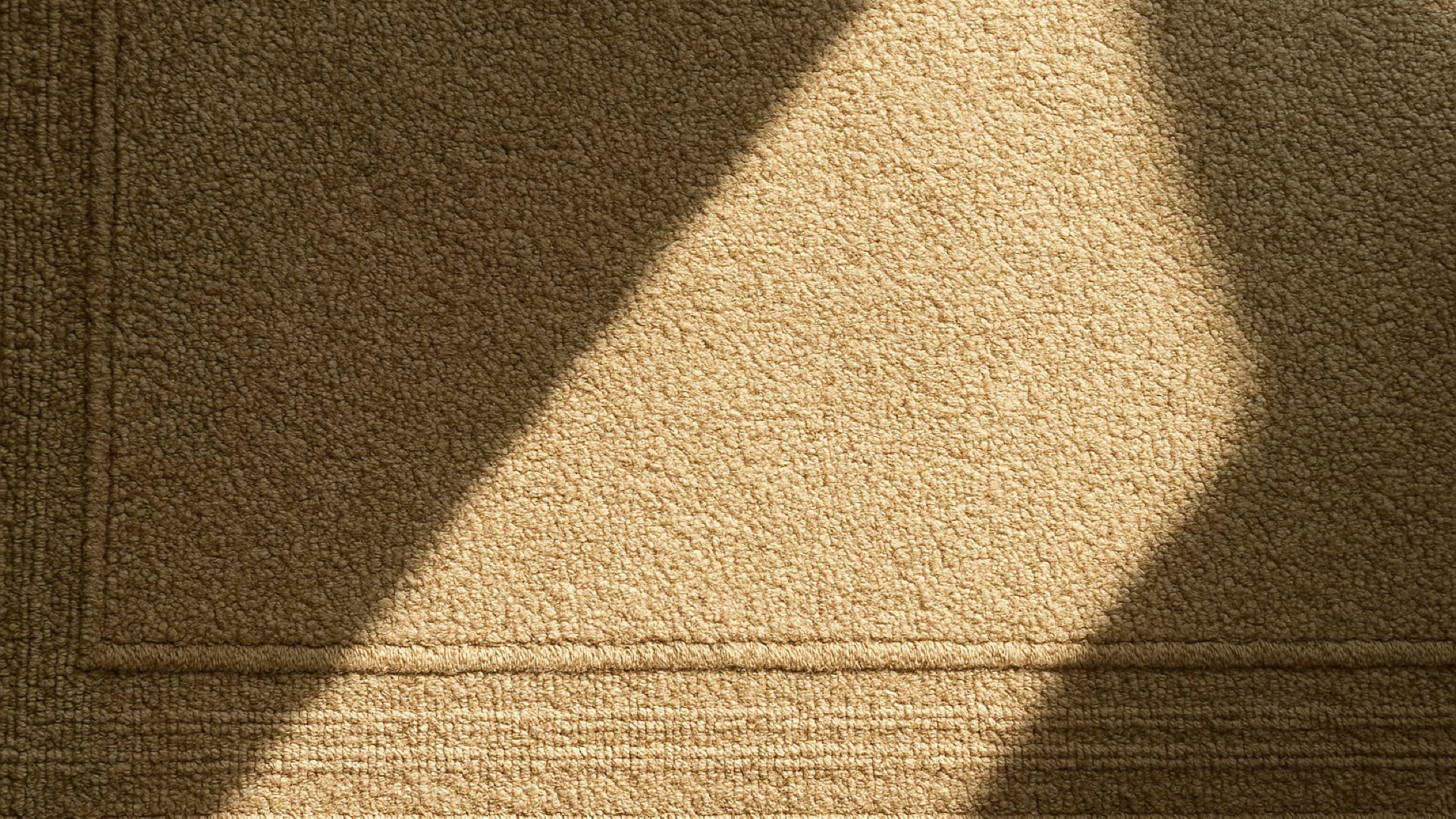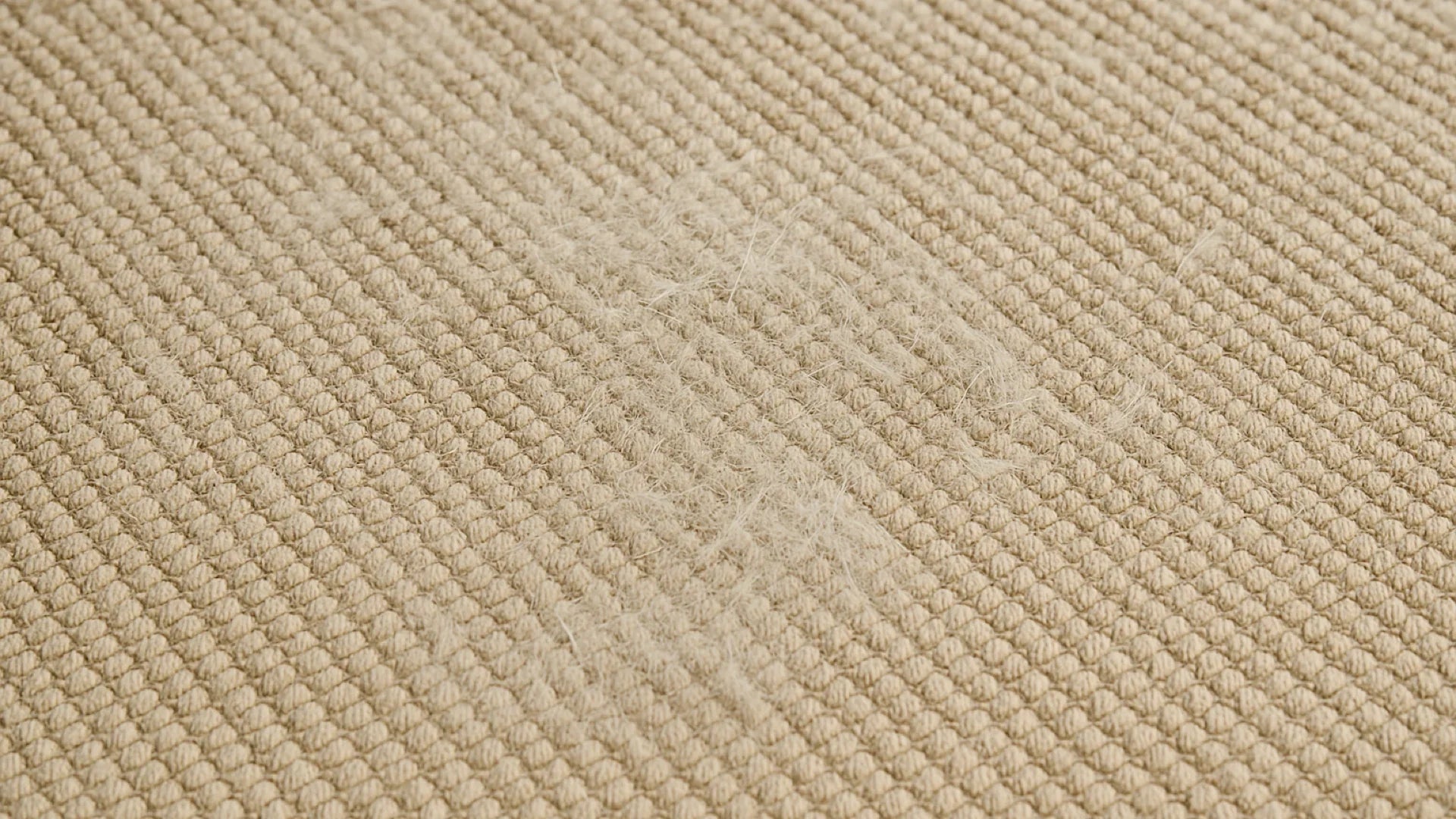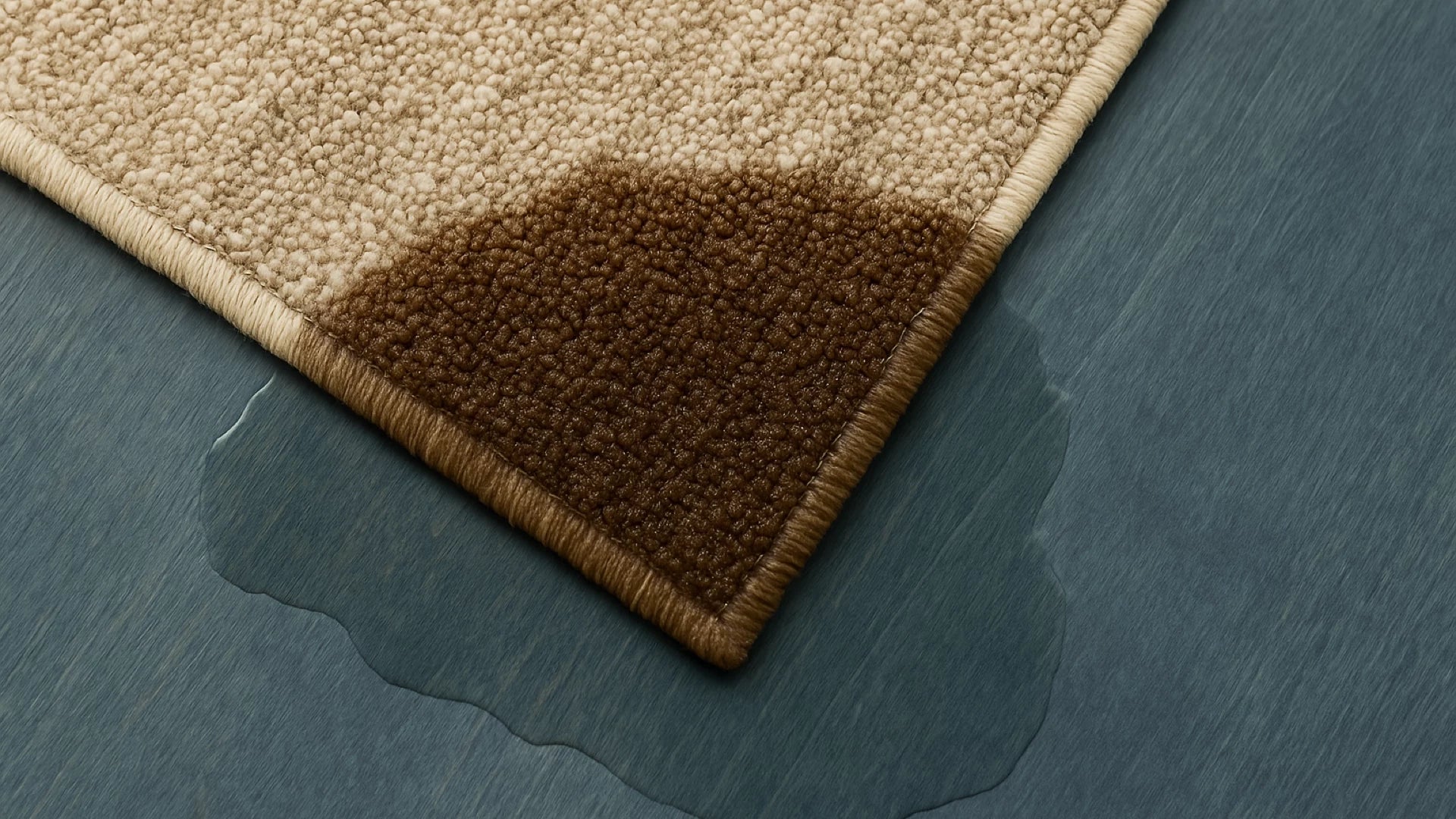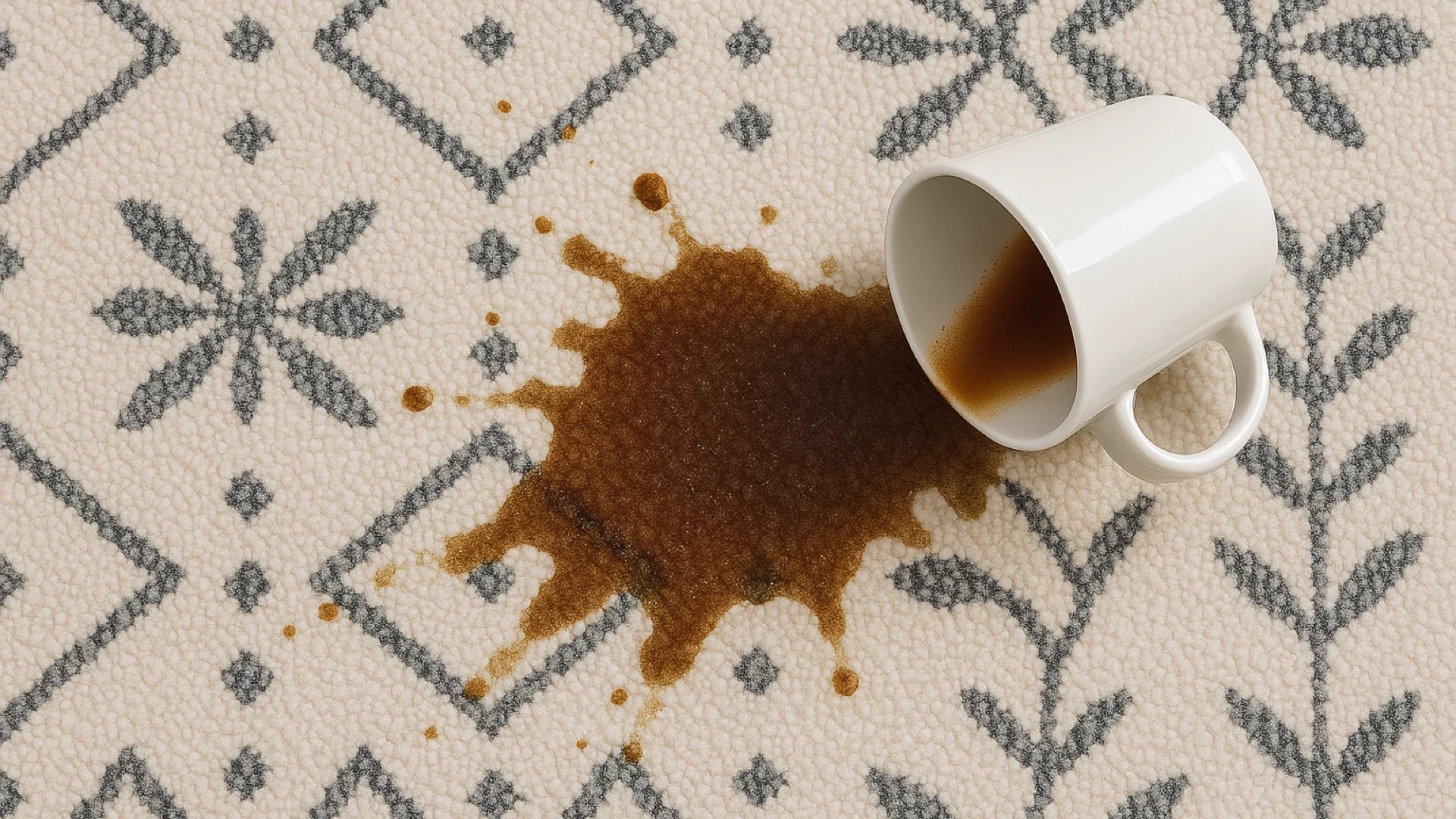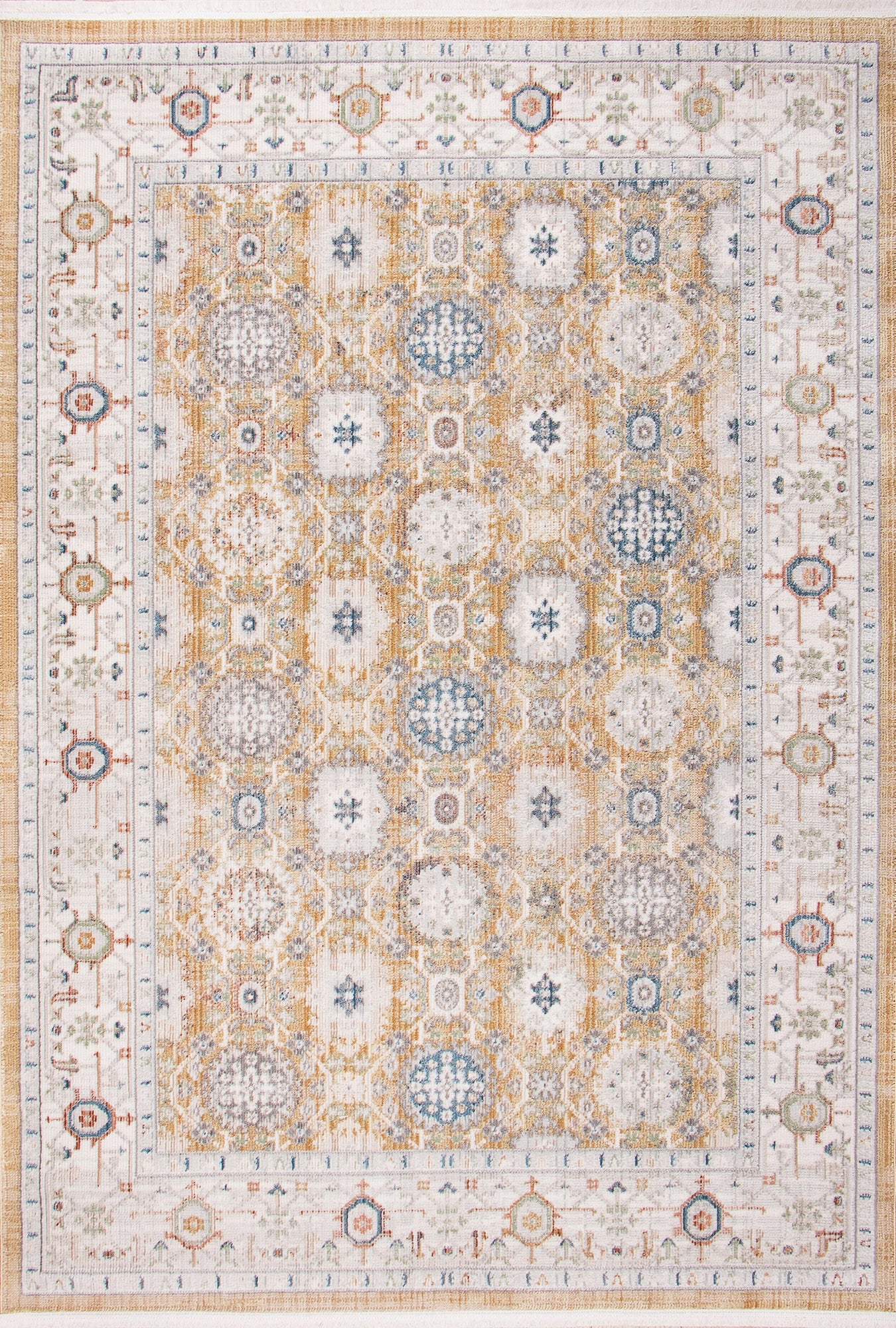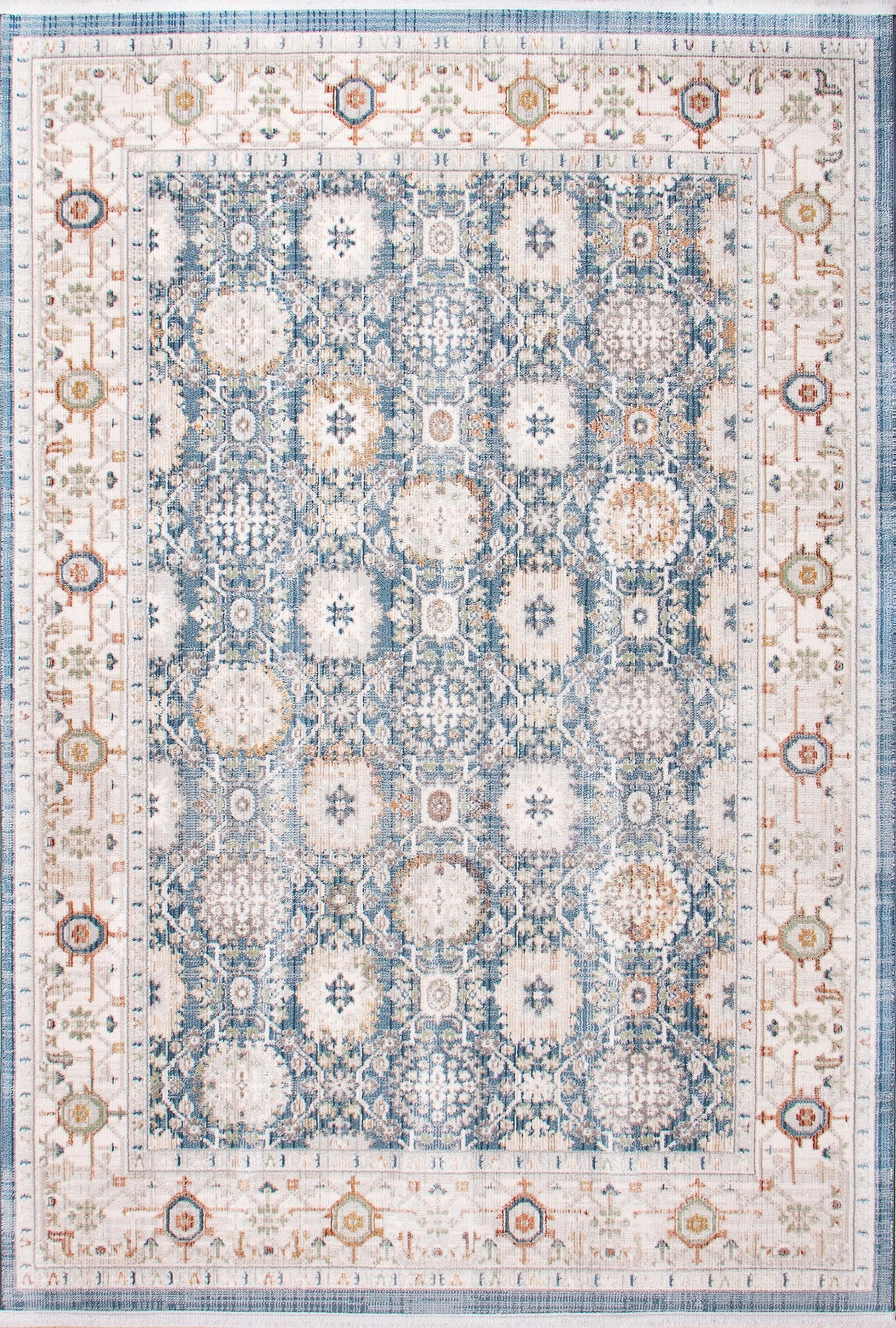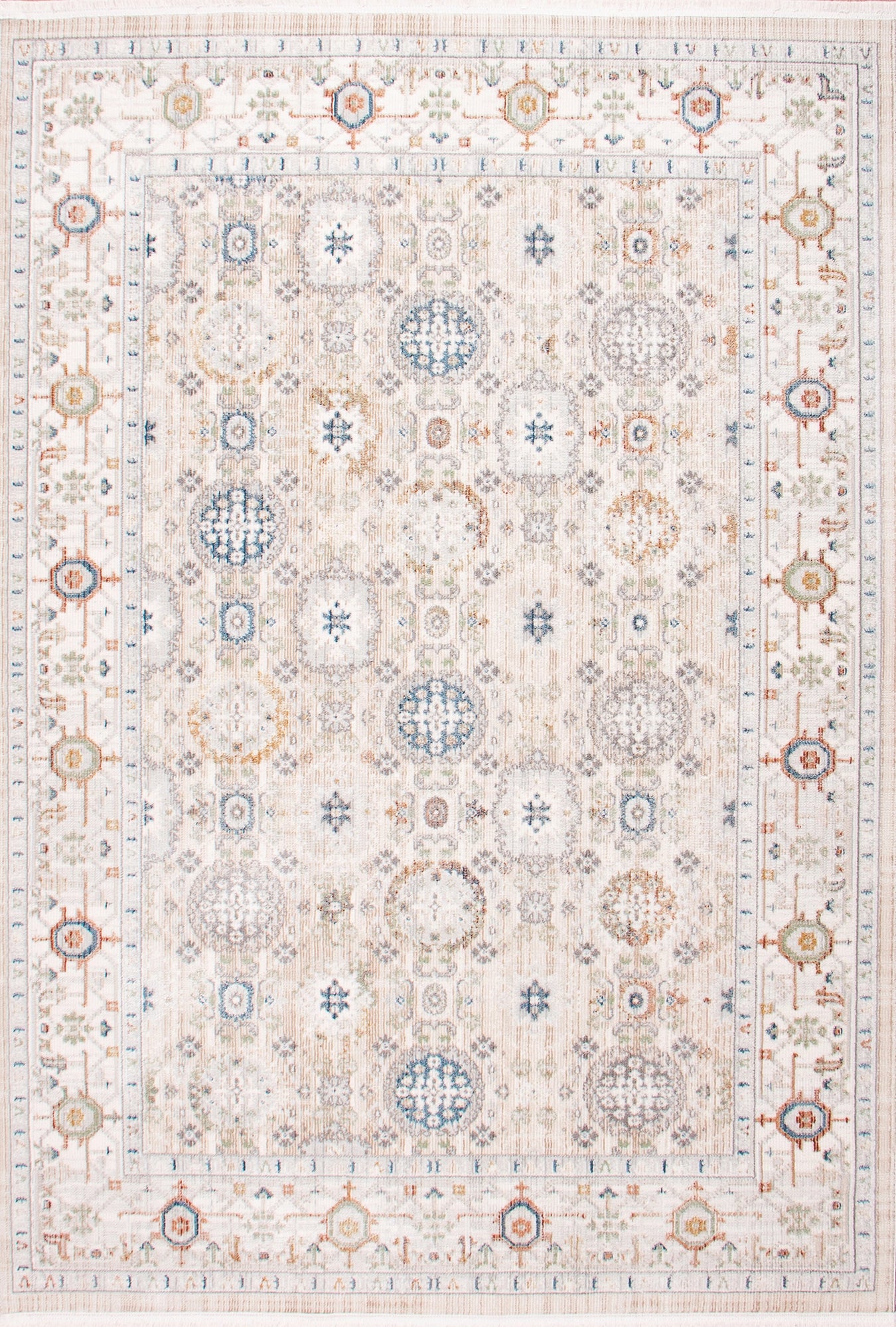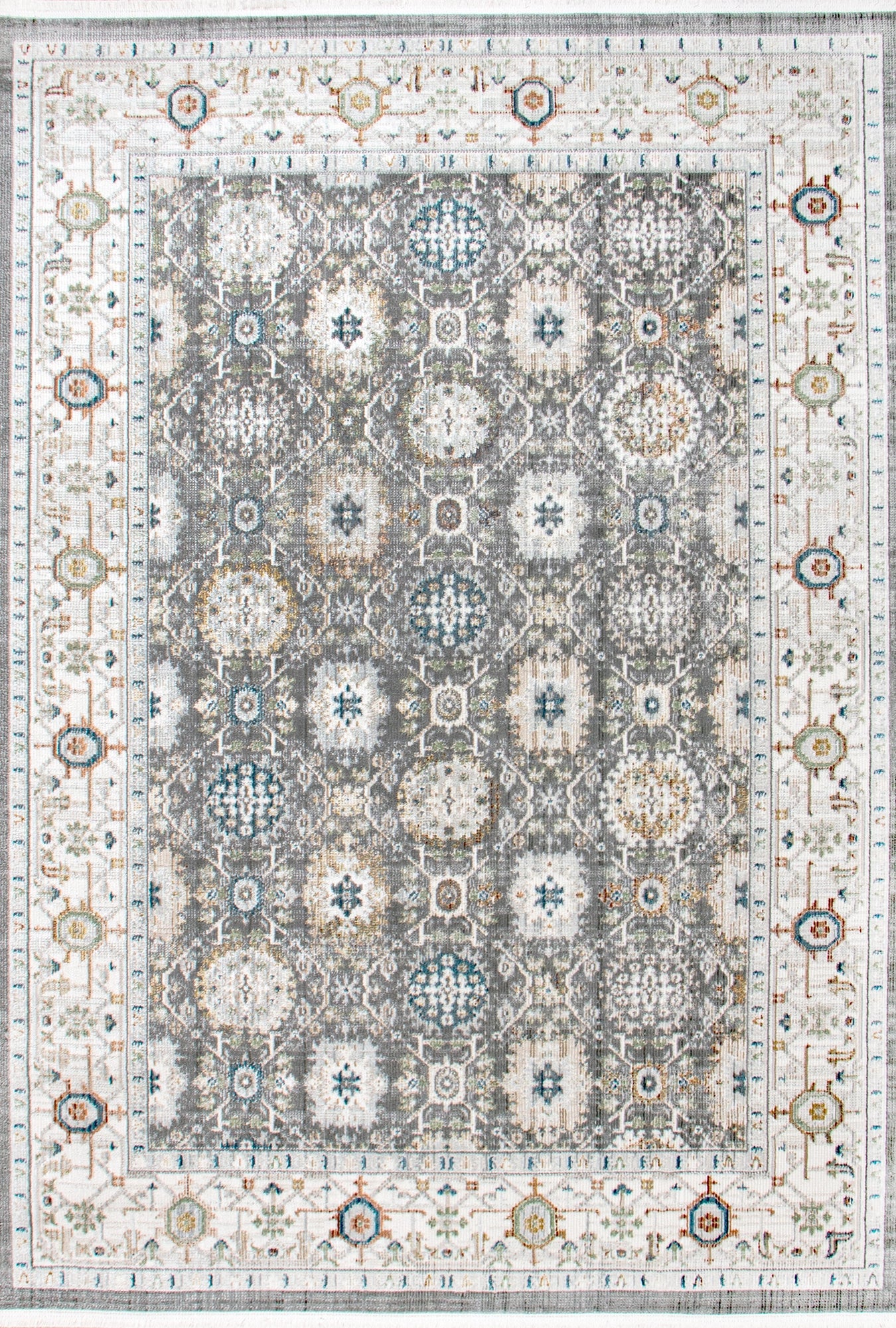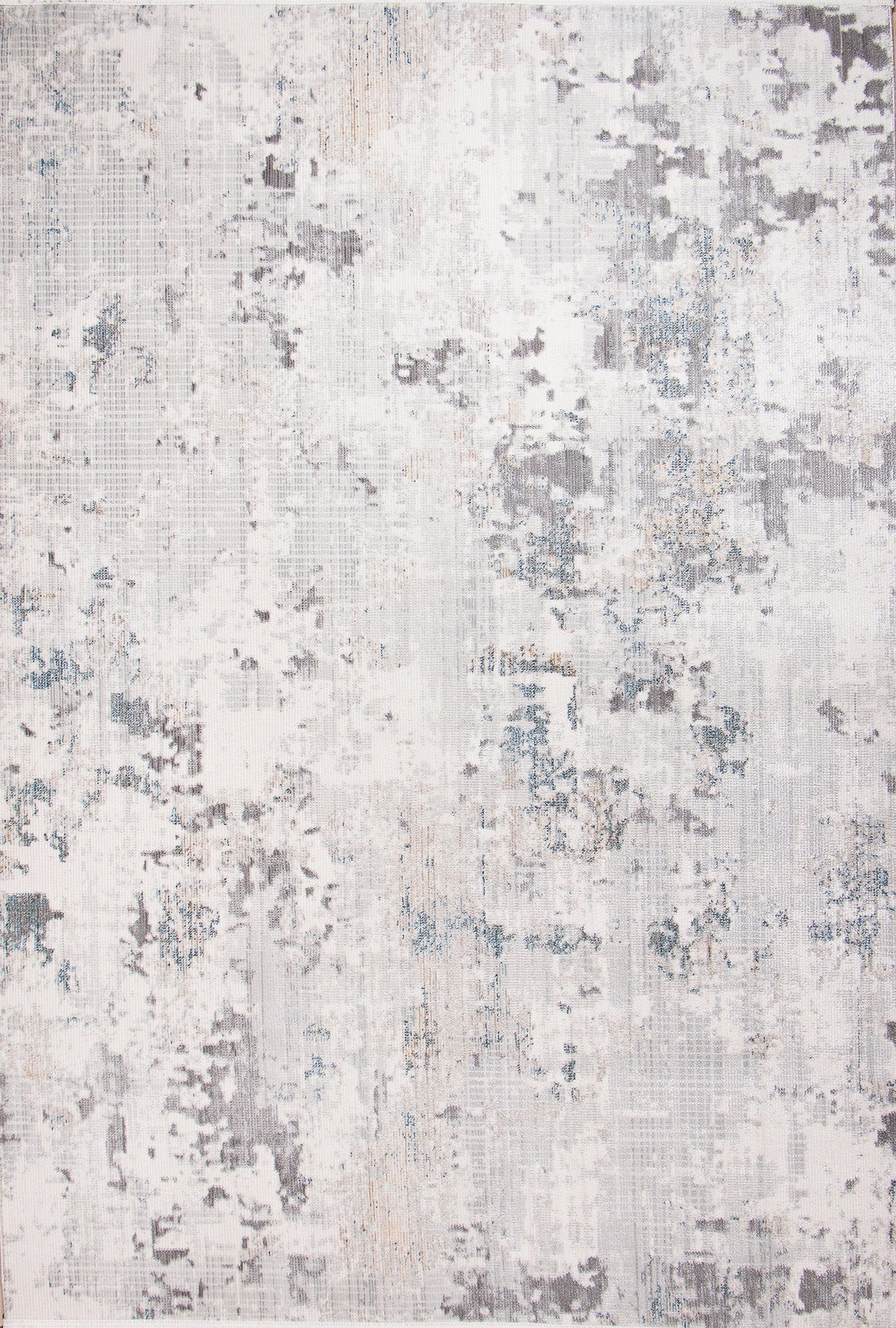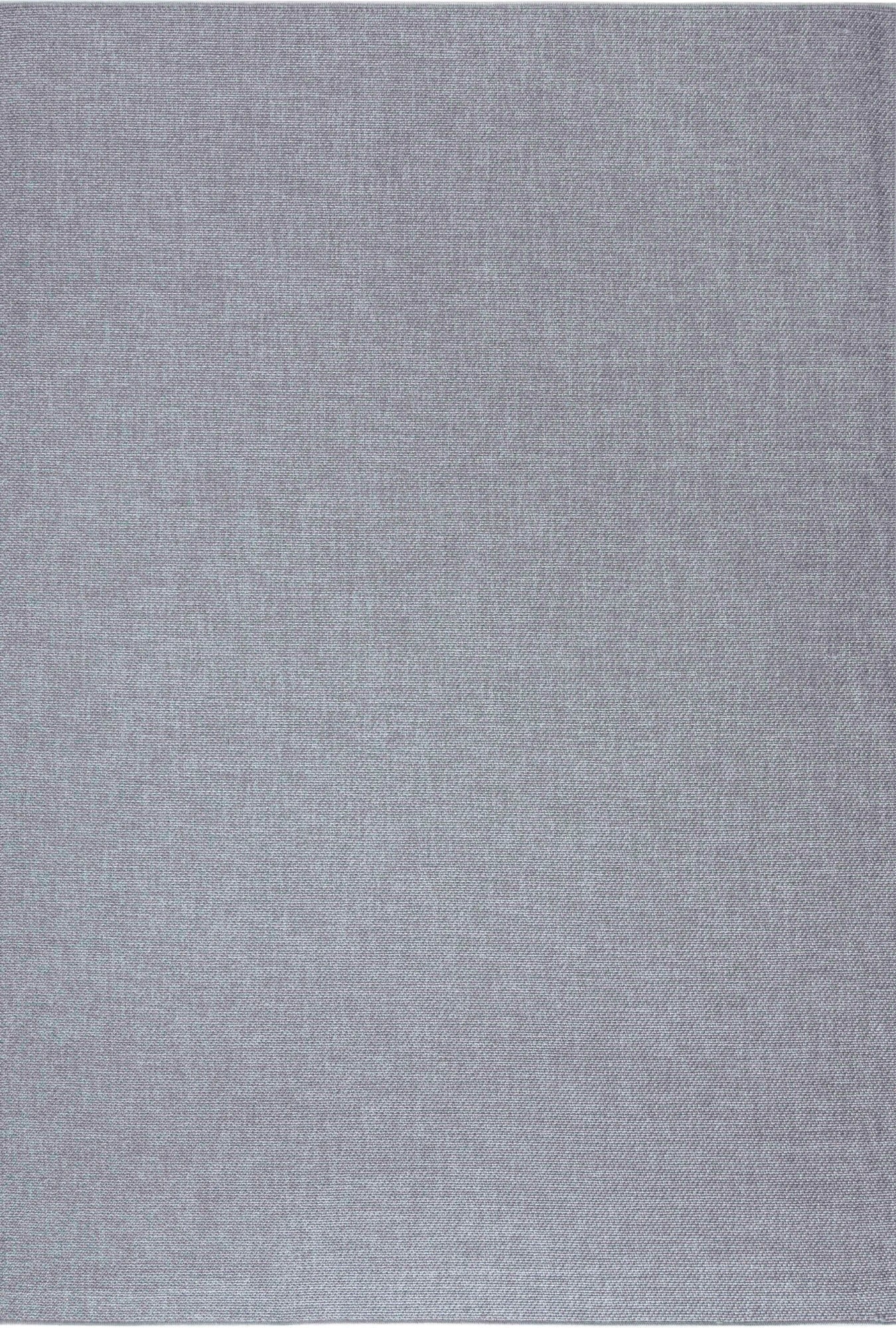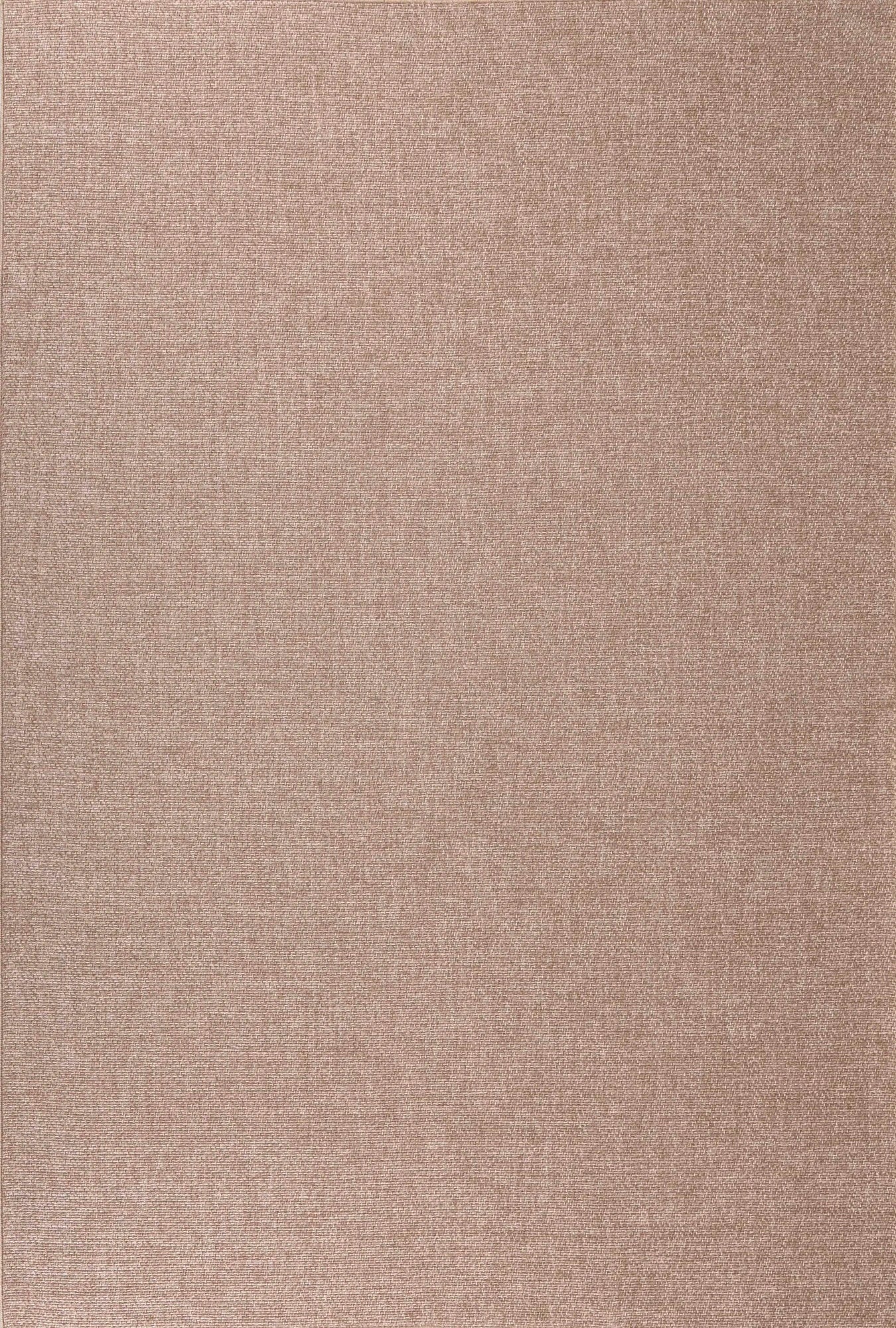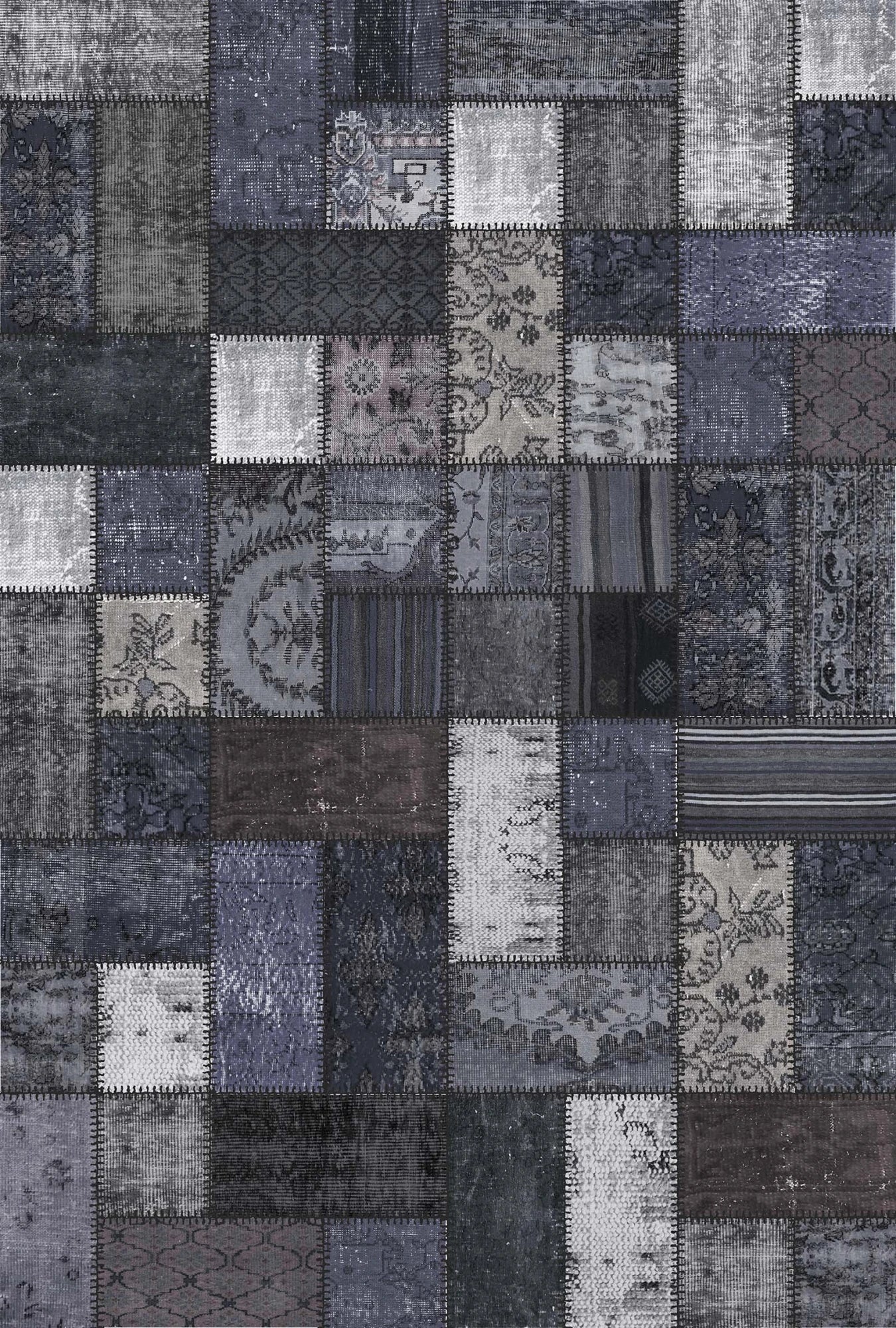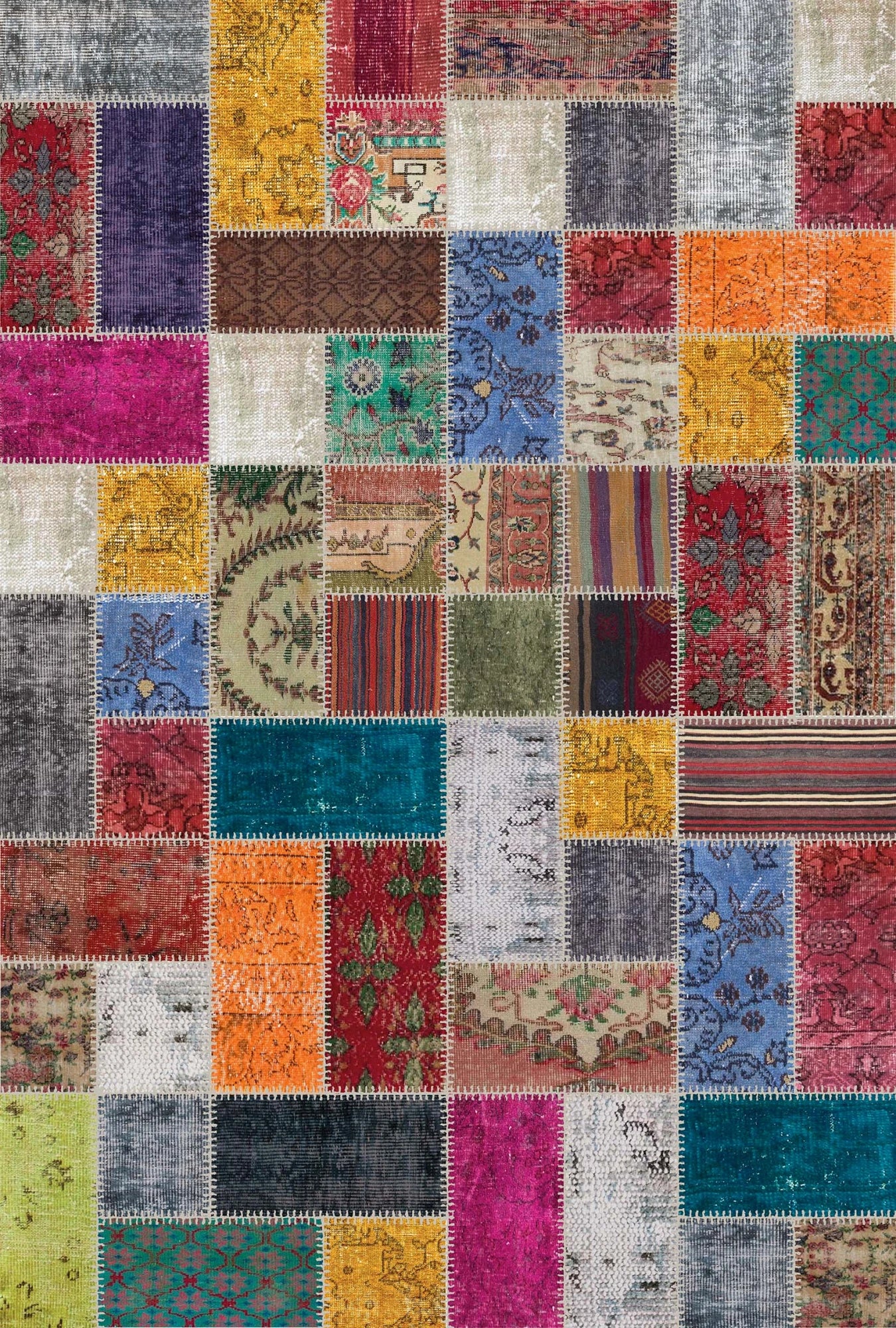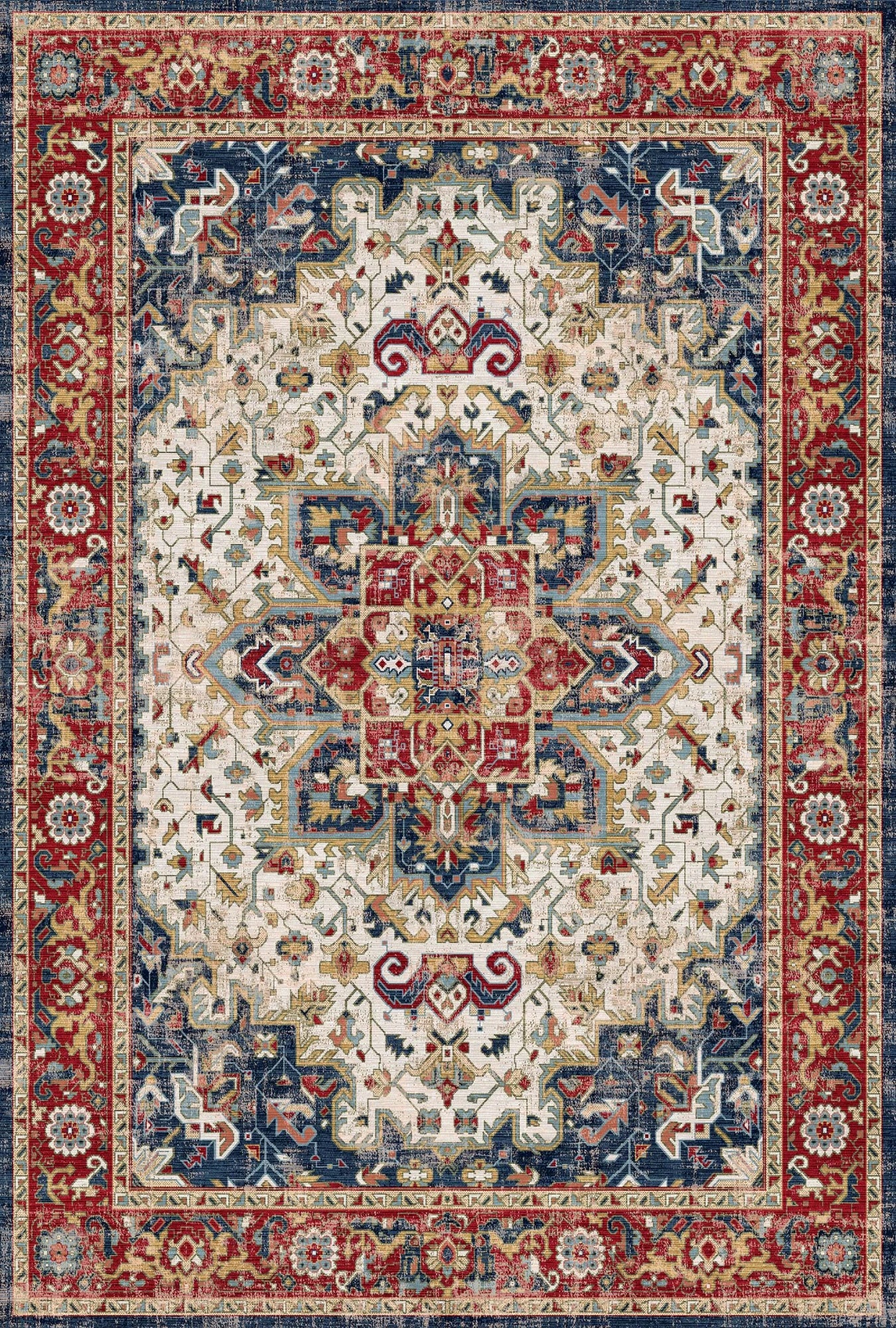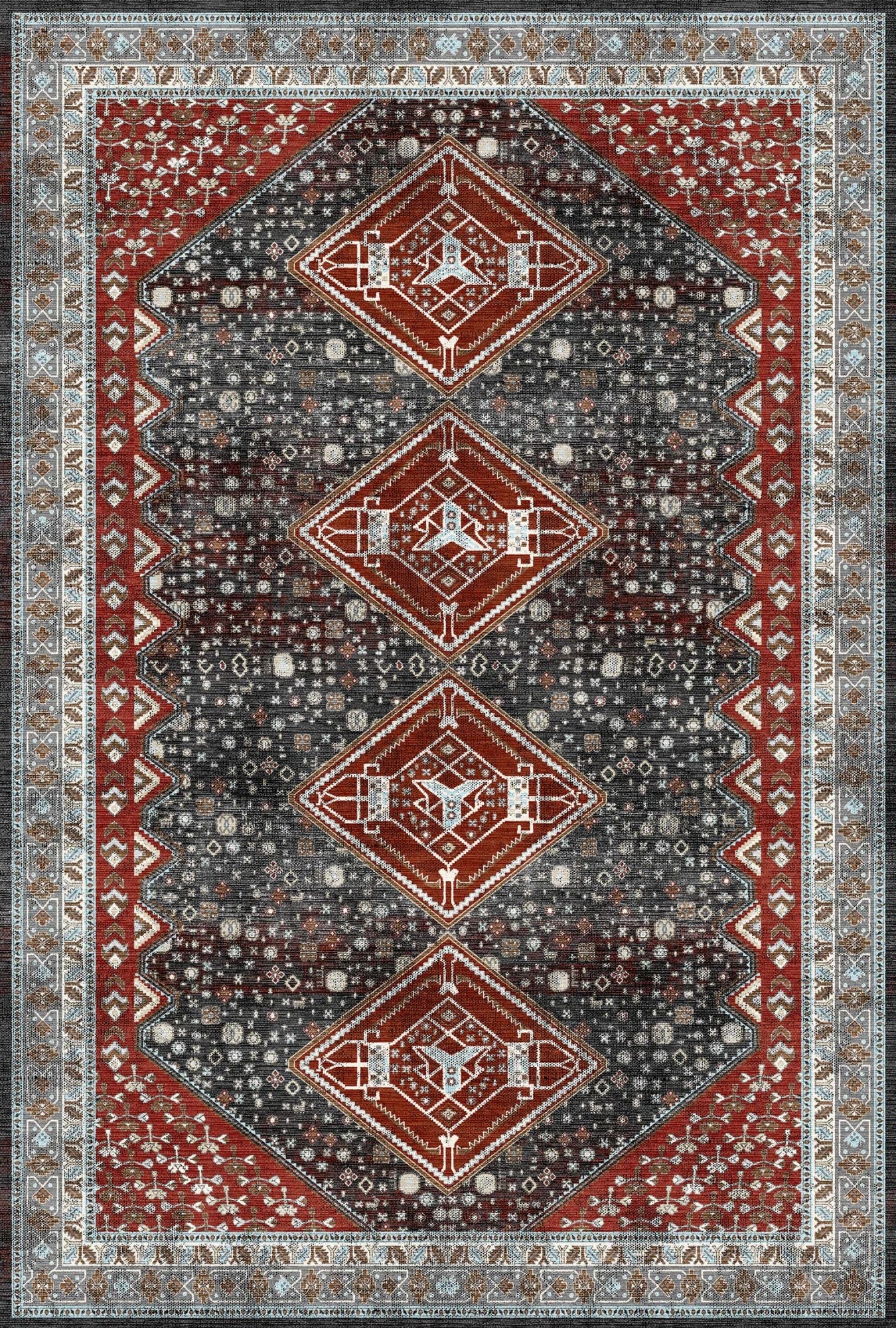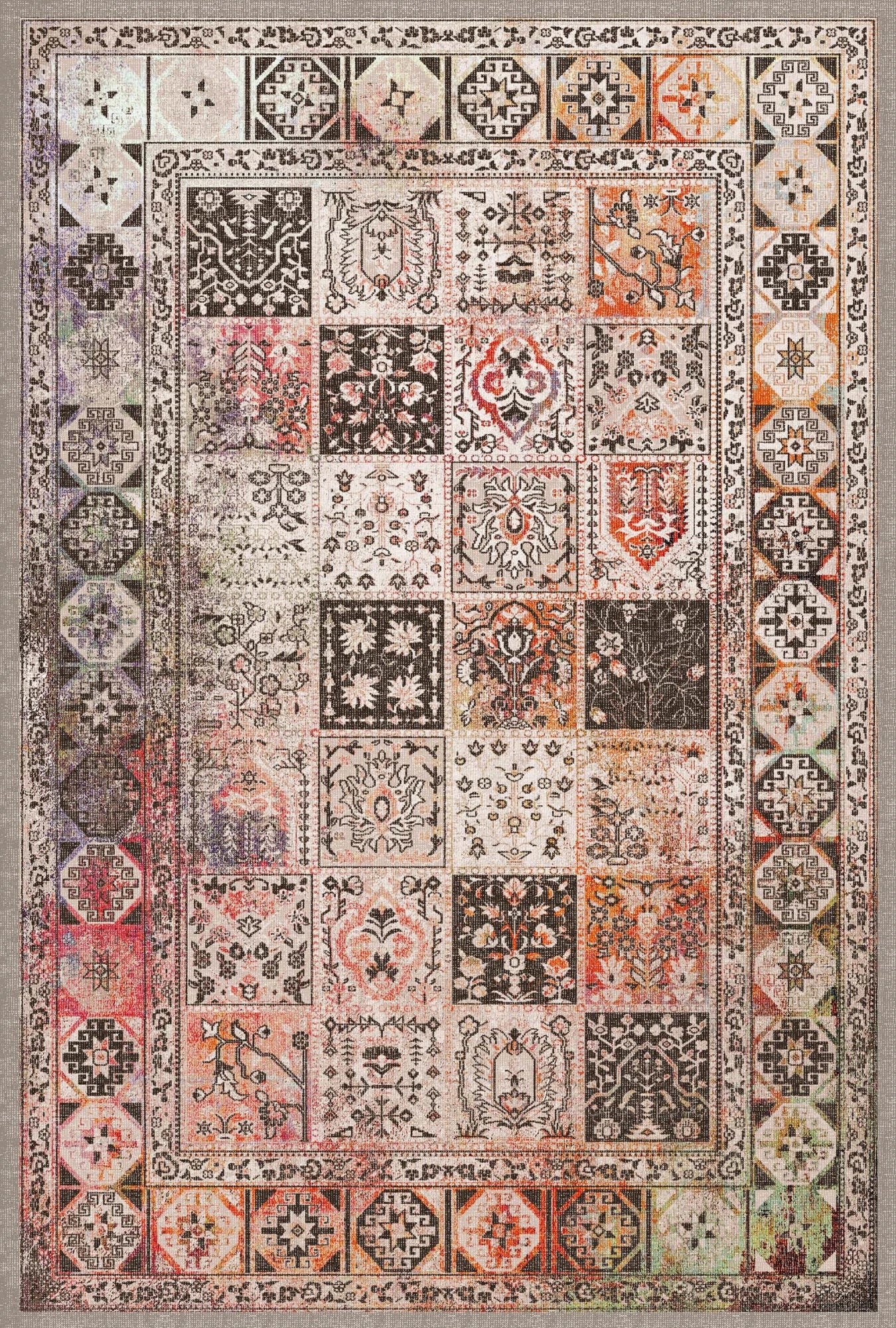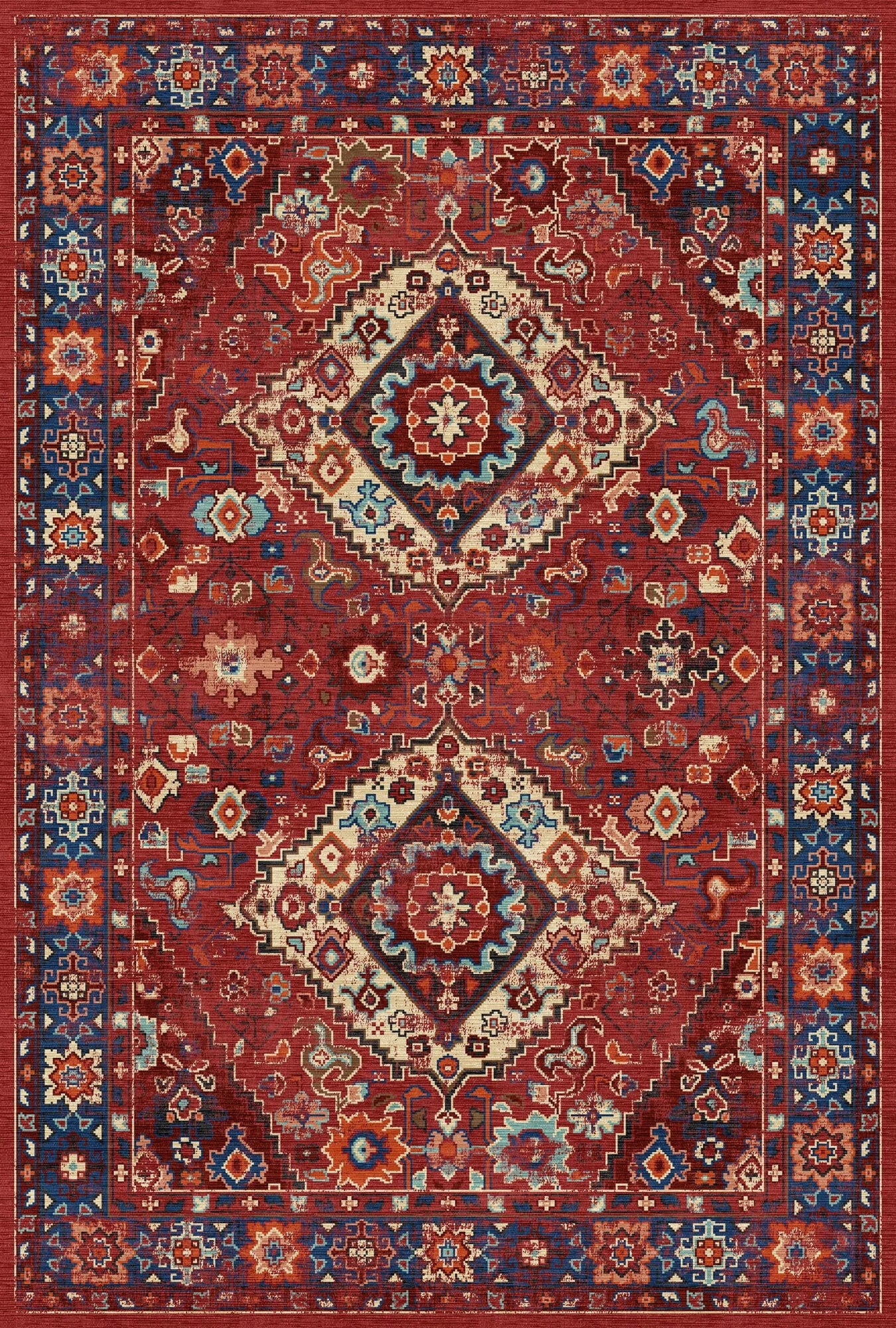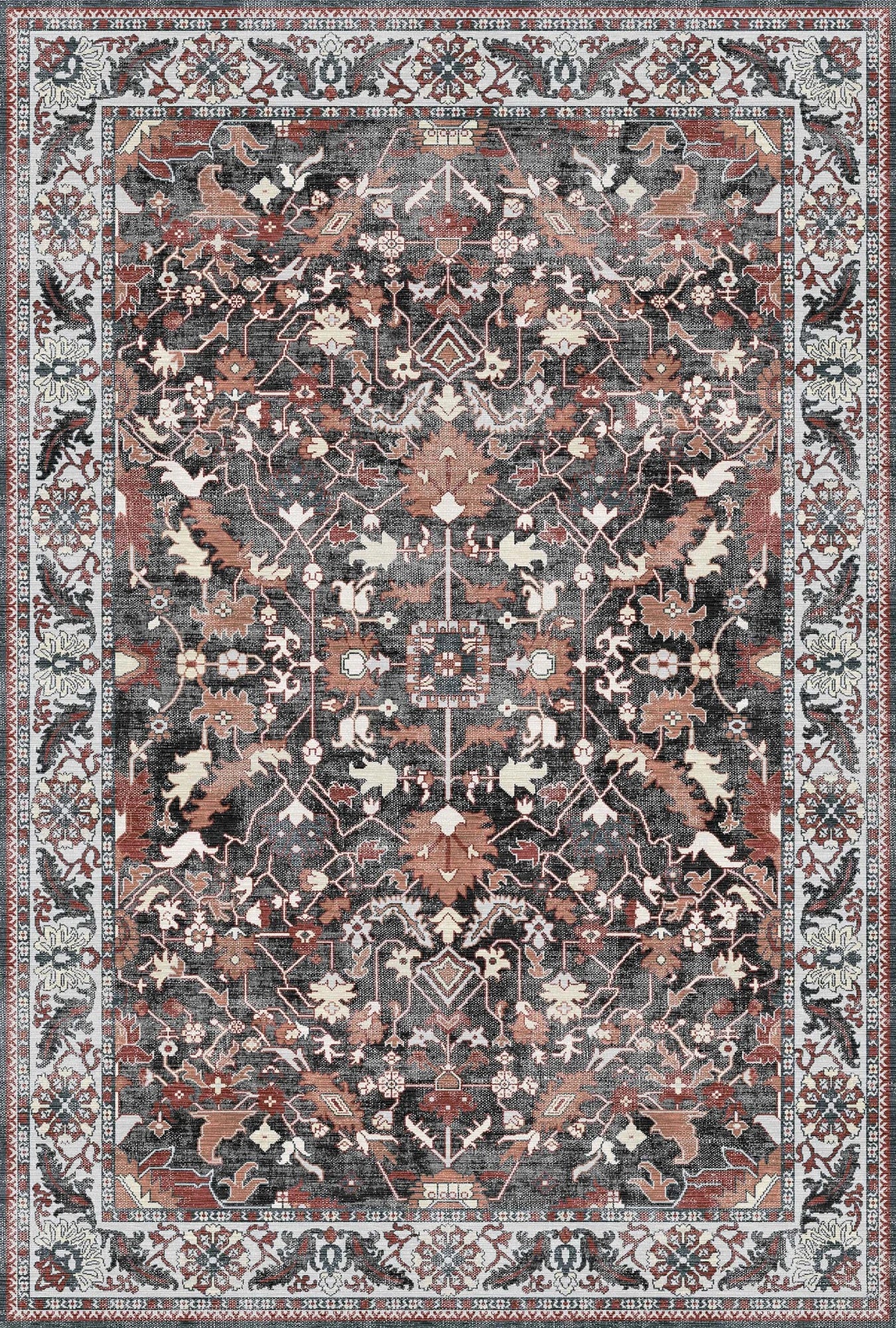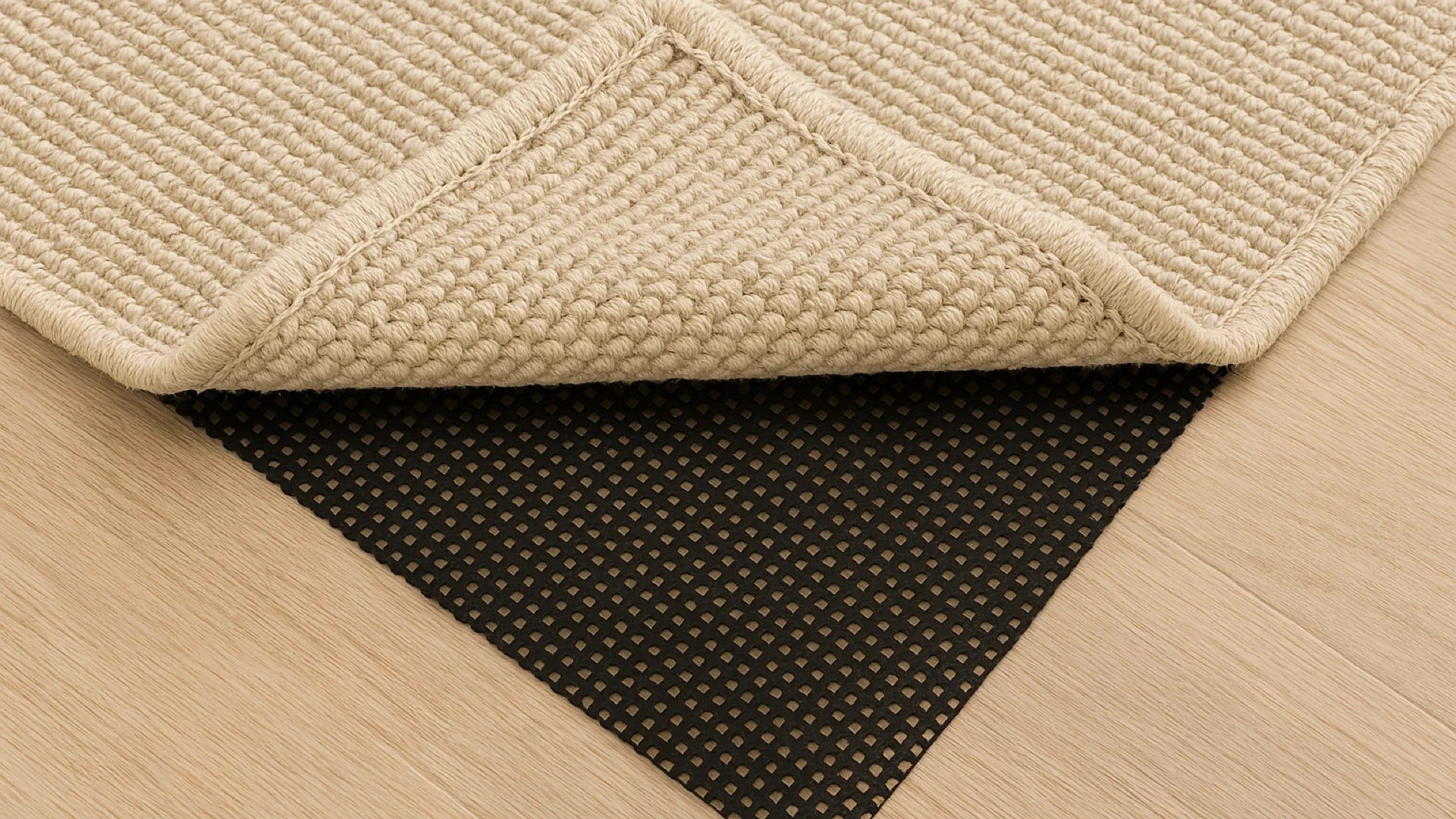
The Best Rug Pads for Protecting Floors & Extending Rug Life
Rug pads might not be the most glamorous part of your decor, but they’re one of the most important. A good rug pad doesn’t just keep your rug in place—it protects your floors, enhances comfort, prevents slipping, reduces wear and tear, and even helps rugs stay cleaner. Whether your rug is thin and delicate or plush and heavy, pairing it with the right rug pad can extend its life significantly. In this guide, we’ll walk you through the benefits of using rug pads, the different types available, how to choose the best one for your rug and floor type, and care tips for keeping them in top shape.
Why Use a Rug Pad?
Many people skip the rug pad and regret it later. Here’s what a quality pad can do for your home:
- Protects Flooring: Prevents scratches and discoloration, especially on hardwood or tile floors.
- Reduces Slipping: Essential for safety in high-traffic areas or under furniture.
- Extends Rug Life: Absorbs impact and reduces pressure, which slows down wear.
- Improves Comfort: Adds cushioning and softness underfoot, especially for low-pile rugs.
- Enhances Insulation: Adds warmth and sound absorption.
Types of Rug Pads
Rug pads come in a variety of materials and constructions—each suited for different needs and rug types. Here’s a breakdown of the most common options:
1. Felt Rug Pads
- Made from recycled or natural fibers.
- Best for large area rugs placed under heavy furniture.
- Adds significant cushion but limited grip.
- Ideal for rugs that don’t slip (like those under beds or sectionals).
2. Rubber Rug Pads
- Natural or synthetic rubber backing adds grip.
- Best for small rugs or high-traffic areas prone to shifting.
- Provides moderate cushioning.
- Safe for hardwood floors when natural rubber is used.
3. Felt + Rubber Hybrid Pads
- Offers the best of both worlds—comfort and grip.
- Great for living rooms, entryways, and dining areas.
- Durable and suitable for most flooring types.
4. Memory Foam Pads
- Provides a luxurious feel underfoot.
- Not ideal for high-traffic or small rugs due to shifting.
- Best used in bedrooms or lounging spaces.
5. PVC or Latex Pads (Caution)
- Affordable and commonly found, but can discolor or stick to hardwood floors.
- Not recommended for long-term use on sensitive surfaces.
How to Choose the Right Rug Pad
Choosing the right pad depends on your rug type, flooring surface, and usage:
For Hardwood Floors:
- Use natural rubber or felt (avoid PVC or latex).
- Choose a pad that allows for airflow to prevent moisture trapping.
For Carpeted Floors:
- Use felt pads to prevent bunching or movement.
- Avoid pads with a lot of grip—they can distort carpet fibers.
For Tile or Laminate Floors:
- Rubber or hybrid pads work well for grip and protection.
- Ensure the pad does not have chemical additives that could react with the floor.
For Entryways or Kitchens:
- Look for ultra-grip, thin rubber pads that are moisture resistant.
- Easy to clean and ideal for high-traffic zones.
How to Measure and Cut a Rug Pad
Always trim your rug pad to be slightly smaller than your rug—about 1 inch shorter on all sides. This ensures the edges of your rug lie flat and reduces tripping hazards.
Custom-Cut vs. Pre-Cut:
- Pre-cut pads are great for standard rug sizes.
- Custom-cut pads ensure a perfect fit, especially for non-rectangular or oversized rugs.
How to Maintain and Clean Your Rug Pad
Rug pads don’t require constant care, but periodic maintenance can keep them performing at their best:
- Shake out or vacuum your rug pad when cleaning your rug.
- Spot clean with mild soap and water if needed—always air dry.
- Inspect every 12–18 months for signs of wear, crumbling, or odor.
Rug Pad Lifespan
High-quality rug pads can last anywhere from 3 to 10 years depending on traffic, material, and cleaning habits. If your rug starts shifting more than usual or the pad feels uneven, it might be time for a replacement.
Eco-Friendly Rug Pad Options
Want to make a more sustainable choice? Consider these eco-conscious materials:
- Recycled Felt: Made from textile industry scraps and sustainable sources.
- Natural Rubber: Renewable and biodegradable; safer for floors.
- Wool Blend Pads: Offer excellent cushioning and temperature control.
Bonus Benefits of Rug Pads
- Noise Reduction: Pads dampen footfall and help reduce echo in large spaces.
- Moisture Barrier: Some pads protect against spills reaching your floor.
- Improved Rug Appearance: Helps rugs lay smoother, preventing wrinkles and bulges.
Final Thoughts
A rug pad might seem like a minor purchase, but it can make a major difference in how your rug looks, feels, and lasts. Whether you're placing a statement rug in your living room or a functional one in your entryway, pairing it with the right pad is essential. From grip to cushioning to floor safety, a rug pad is an investment that pays off in comfort, longevity, and peace of mind.
Explore Bella’s curated collection of high-performance rug pads made to protect your floors and extend the life of your favorite rugs.
